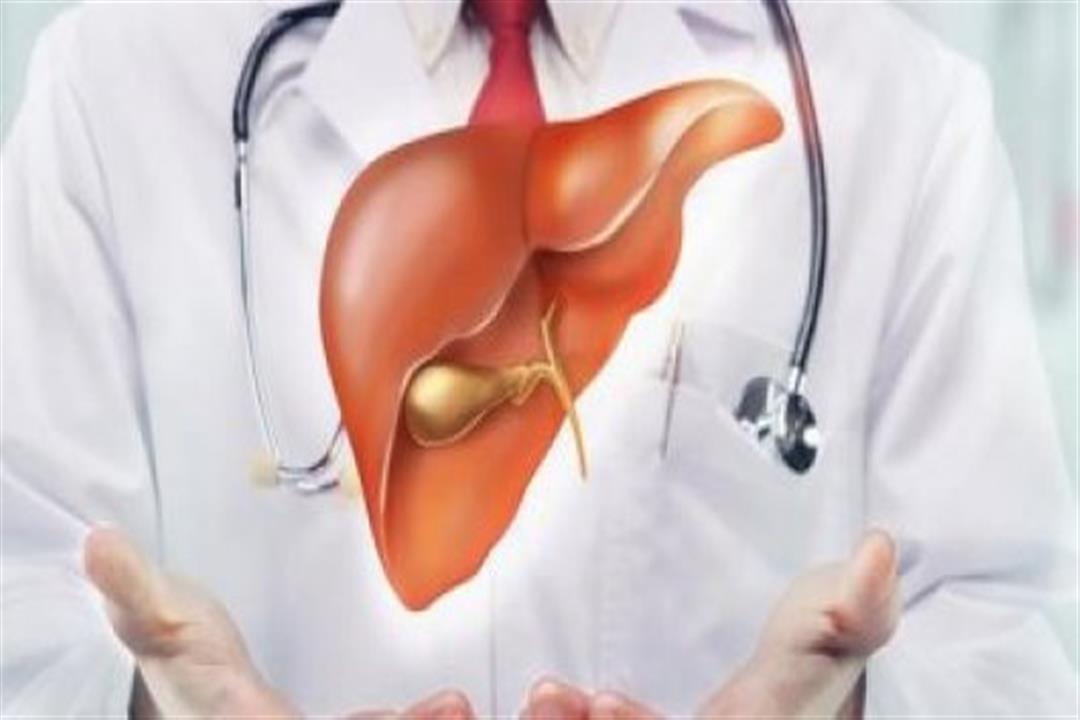Fatty Liver Disease: Recognizing Symptoms and Seeking Timely Treatment
By Asmaa Morsi
The liver is a vital organ in the body, responsible for breaking down food and eliminating toxins from the blood. However, many people may not be aware of the early signs of liver disease, particularly fatty liver disease. This condition often progresses without noticeable symptoms until it reaches advanced stages.
Fatty liver disease develops in four stages, with the final stage known as cirrhosis. Cirrhosis is characterized by scarring of the liver due to long-term damage. According to the “timesofindia” website, symptoms of cirrhosis can manifest in various parts of the body, particularly the skin.
Some common skin symptoms of cirrhosis include itchy skin, yellowing of the skin and eyes, small red lines on the skin above the waist, and easy bruising. Additionally, individuals with cirrhosis may experience fatigue, anorexia, weight loss, nausea, pain around the liver area, frequent nosebleeds or bleeding gums, hair loss, fever, and swelling of the legs, ankles, feet, and abdomen.
If any of these symptoms are noticed, it is crucial to consult a specialist doctor for further evaluation and diagnosis.
Several risk factors can increase the likelihood of developing fatty liver disease. These include obesity or being overweight, type 2 diabetes, insulin resistance, polycystic ovary syndrome, thyroid issues, hypertension, high levels of harmful cholesterol, aging, and smoking.
If left untreated, cirrhosis can lead to liver failure, which can be fatal. However, it typically takes years for the condition to progress to this stage. Therefore, seeking timely treatment is essential to improve the chances of recovery.
It is important for individuals to be aware of the symptoms and risk factors associated with fatty liver disease. Regular check-ups and maintaining a healthy lifestyle can help prevent or manage this condition.
Read also:
– For a strange reason.. a sushi restaurant is suing a student
– 5 signs that do not fall in love easily .. “tired in emotional relationships”
– Before the feast.. Signs, if found in the “Eid sheep”, do not buy it
– Unexpected results.. What does a nap sleep do in the brain?
– Over the course of 3 days.. a schedule for the “Eid Tarweeqa” without fatigue or exhaustion
How does the severity of liver damage increase from simple fatty liver to cirrhosis and liver cancer
Each with different levels of severity and potential for liver damage. The first stage is simple fatty liver, where fat accumulates in the liver but does not cause inflammation or scarring. This stage usually does not cause symptoms and can be reversible with lifestyle changes.
The second stage, known as nonalcoholic steatohepatitis (NASH), is characterized by liver inflammation and can lead to liver cell damage. At this stage, symptoms may start to appear, such as fatigue, abdominal pain, and enlarged liver. If left untreated, NASH can progress to more severe forms of liver disease, such as cirrhosis or liver cancer.
Cirrhosis is the third stage of fatty liver disease and is marked by extensive scarring of the liver tissue. In this stage, liver function is significantly impaired, leading to complications such as jaundice, fluid retention, and liver failure. At this point, treatment options become more limited, and a liver transplant may be necessary.
The final stage of fatty liver disease is liver cancer, also known as hepatocellular carcinoma. This is a serious and potentially life-threatening condition that requires immediate medical intervention. Symptoms may include weight loss, abdominal pain, and yellowing of the skin and eyes.
It is important to recognize the symptoms of fatty liver disease and seek medical attention promptly. Early detection and treatment can help prevent the progression of the disease and reduce the risk of complications.
Risk factors for fatty liver disease include obesity, diabetes, high cholesterol, and excessive alcohol consumption. Lifestyle modifications such as maintaining a healthy weight, exercising regularly, and avoiding excessive alcohol consumption can help prevent the development of fatty liver disease.
If you suspect that you may have fatty liver disease, it is important to consult with a healthcare professional. They can perform the necessary tests to diagnose the condition and recommend appropriate treatment options. Treatment may involve lifestyle changes, such as a healthy diet and exercise, as well as medications to manage symptoms and slow the progression of the disease.
In conclusion, fatty liver disease is a serious condition that can progress without noticeable symptoms. It is important to be aware of the risk factors and symptoms of fatty liver disease and seek medical attention if necessary. Early detection and treatment are crucial in preventing complications and improving outcomes.



“Fatty liver disease is a growing concern worldwide. This article sheds light on its symptoms, risk factors, and potential complications, providing much-needed awareness. It’s crucial to understand this condition to take proactive steps towards prevention and early detection.”
This article provides a concise and informative overview of fatty liver disease, highlighting its symptoms, risk factors, and potential complications. It is crucial to understand these aspects to proactively mitigate the risks associated with this prevalent condition.